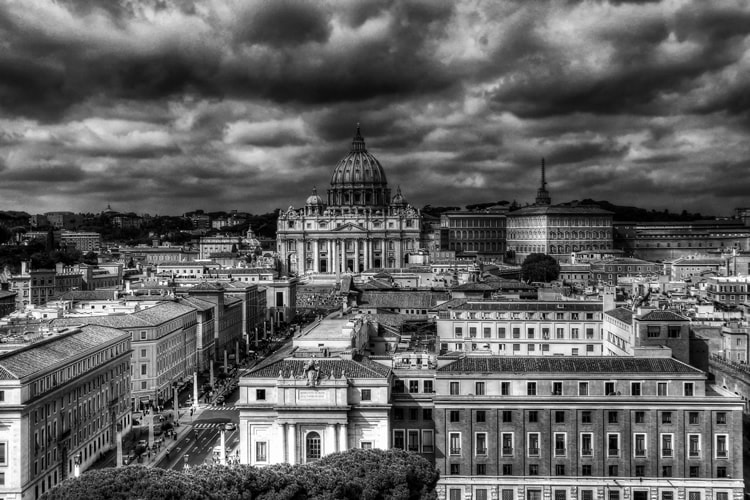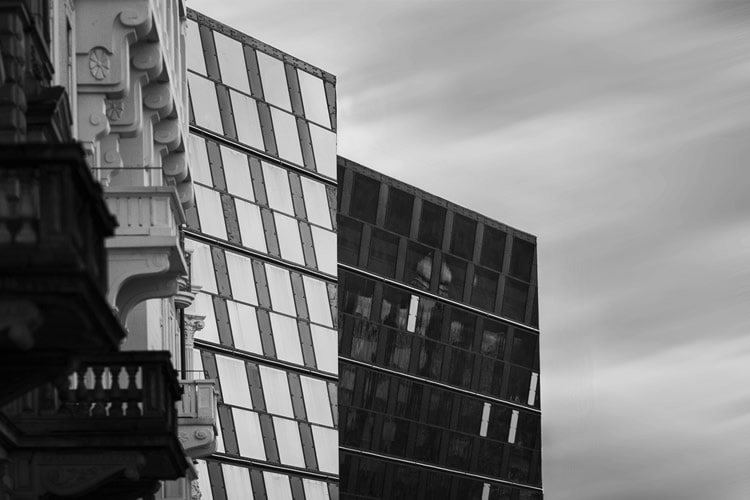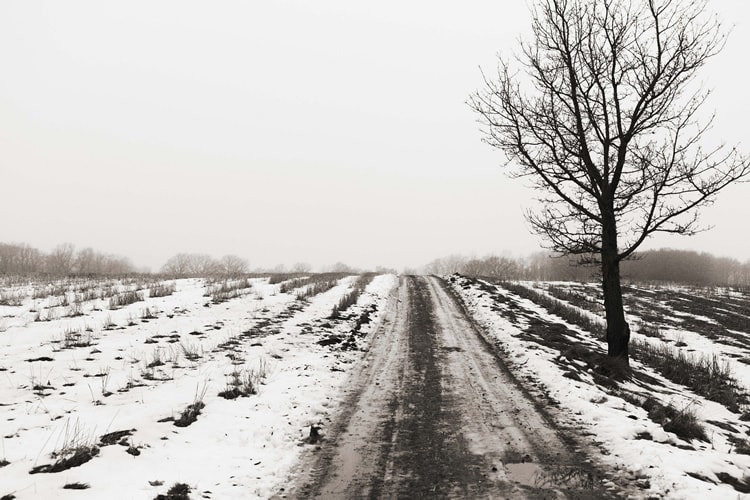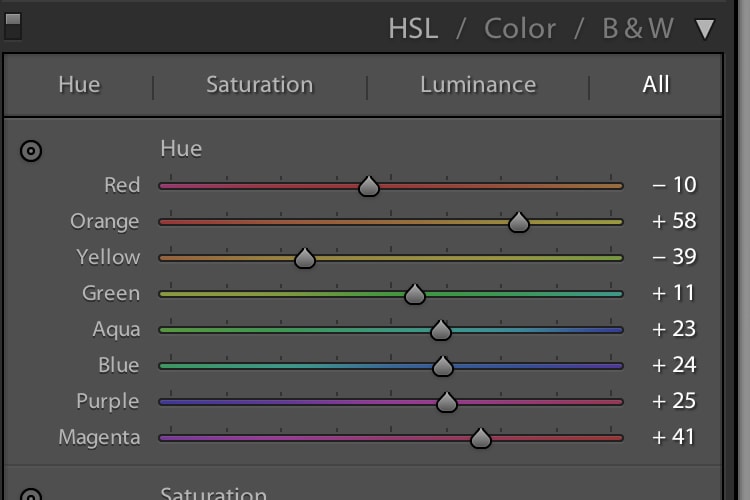Monochrome Photography Guide – Take Breathtaking Images Like a Master
You may know monochrome photography better as black & white photography. All that monochrome really means is photos that display just one color or shades of color. However, when we’re talking photography, it’s understood that monochrome is just shooting in black and white.
The thing about monochrome or black & white – whatever you want to call it – is that it’s timeless. Some have gone so far as to call it the purest form of photography, simply because it doesn’t allow the viewer to get distracted by multiple shades of different colors.
With monochrome, the viewer simply gets to focus on the most fundamental building blocks of a highly engrossing shot: shape, texture, tonal contrast, form and, of course, lighting.
Want to become a monochrome master? Just follow these easy-to-follow tips.
Use Patterns in Your Shots

image by Kenny Louie
Since black and white is the purest type of photography due to its rejection of color, which distracts, you can now devote proper attention to something that’s often ignored in color shots. That would be patterns! Patterns provide your images with character and highly interesting points of focus for your viewers.
Patterns are truly interesting since they offer a sense of repeating order. If you have color in your shots, then you simply get distracted and, as a result, are not able to fully give your attention to the pattern to appreciate it. That’s why patterns are a lot more compelling when you use monochrome.
Now’s your chance to shoot patterns everywhere you see them: a line of trees, a series of cars in a parking lot, or perhaps the tops of skyscrapers in a downtown landscape.
Time to Rely on HDR

image by Mark Freeth
Some may quibble with this recommendation, but that’s only because HDR is an extremely under-appreciated approach to monochrome pictures. That’s a pity, though, because HDR really helps pictures taken in monochrome.
That’s because it simply makes your monochrome pictures stand out exceptionally well. This can be explained by HDR’s tendency to exaggerate both the dynamic range and a picture’s edges. Use HDR to your advantage the next time that you have an itch to shoot in black and white.
Learn to Appreciate Contrast

image by jwltr freiburg
In photography these days, contrast is something of an oft-ignored element. It’s simply not used as much as it should be, and that’s likely because not too many photographers think it’s all that important. In fact, in color shots, you no doubt have observed that the use of significant contrast is not encouraged very much.
For instance, when we still used film in photography, photographers would sometimes use a red filter when shooting in monochrome. This would measurably increase the contrast. Emphasis on contrast of this nature is pretty much unheard of today.
However, when you use contrast in monochrome shots, elements just pop right off the picture, so learn to use contrast in your black and white shots with greater regularity.
Still… Flat Light Has Its Advantages

image by Sigfrid Lundberg
Flat light is generally defined as the kind of light that just has no great range of exposure. It can significantly help in turning ordinary black & white shots into something truly spectacular and memorable.
Using flat light in monochrome shots can be a bit tricky, nonetheless. You see, to take full advantage of this method, you really have to home in on the elements in your shot, looking for a really deep black color or object that just draws the eye toward it.
For example, a landscape that features a black road cutting through a field that has patches of snow all over it showcases flat light beautifully.
HSL in Editing Is a Must

When you’re in post-processing, the use of the HSL panel in a program like Adobe Photoshop is a must. The colors in the HSL panel have to be tweaked somewhat when you’re working with monochrome. The reason is that the end result simply looks better. When you play around with the HSL panel, monochrome images just look exponentially more attractive.
Editing your pictures, especially when working with monochrome, is almost a discipline in and of itself. During post-processing, you really get the chance to improve your pictures that much further, which is why it’s warranted that you spend some extra time with a good program like Photoshop.
Ensure That Both Your Blacks and Whites are “Clean”

image by Nishi Drew
You don’t want a so-called muddy image, do you? If there’s anything to avoid when shooting in monochrome, it’s that dreaded muddy image, which is defined as a black & white photo in which nothing but shades of gray are prevalent. “Clean” blacks and whites are generally where the blacks and the whites are pure and not “infected” or diluted with any shades of gray.
When your monochrome photo has no absolute, “clean” blacks and whites, the photo will suffer from a dearth of real, eye-popping pizzazz. That’s bad news since you want a black and white that really takes the viewer by storm and forces him to study the photo for a time. The best way to ensure this type of quality in your monochrome photo is by including at least one, clean, black – white color in the photo.
Monochrome: The Lost Art That’s Totally Under-appreciated
If you think that shooting in monochrome is totally forgotten and under-appreciated, you’re not alone. We think the exact same thing! In a world dominated by color and vibrancy, we wanted to remind you of the timeless power of monochrome. It still makes a stark, dramatic and powerful statement, even in the 21st century.
Even if you’ve been shooting in color during your entire experience with photography, you should at least consider trying your hand at a black & white shot. You’ll learn some new approaches as well as to appreciate techniques that you don’t really have the chance to with color photography.
What do you think? Are you up for some monochrome experimentation the next time you pick up your camera? If you are, don’t be afraid to tell us all about your black & white experiences via Twitter or Facebook section below!
